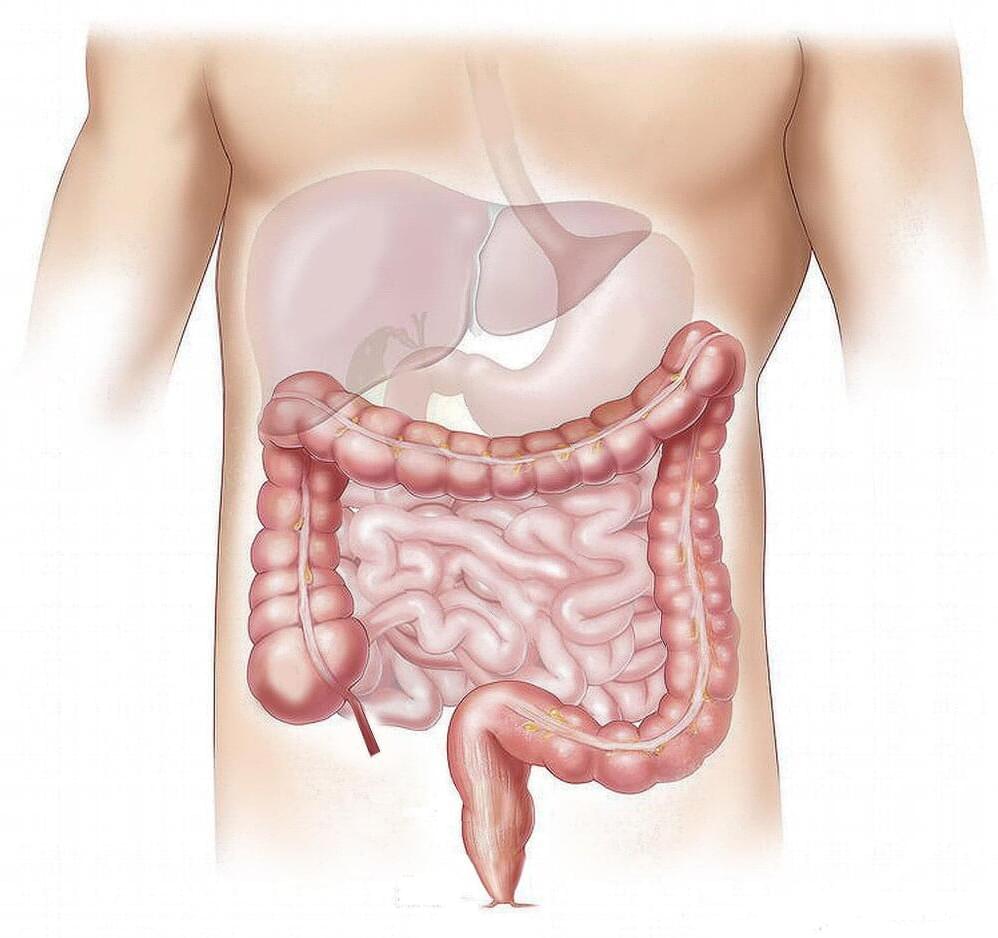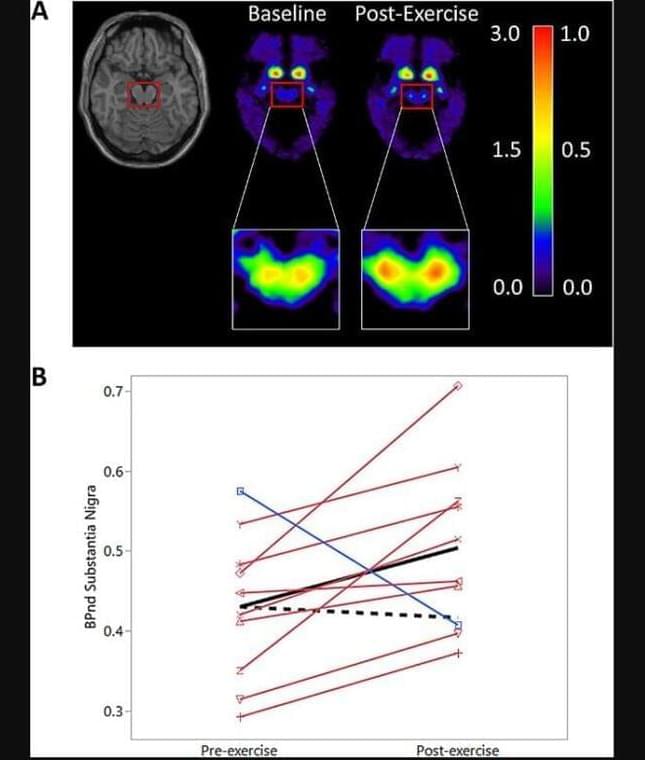Mar 14, 2024
Dr. William Kapp, MD — CEO, Fountain Life — Preventative, Predictive, Personalized Healthcare
Posted by Ira S. Pastor in categories: biotech/medical, chemistry, military
Preventative, predictive and personalized healthcare and longevity — dr. william kapp, MD — CEO, fountain life.
Dr. William Kapp, MD is Chief Executive Officer of Fountain Life (https://fountainlife.com/about/), a company focused on transforming the current healthcare system into one that is both proactive and data-driven, enabling enhanced longevity and catching and treating illnesses earlier than ever before, focusing on the detection and reversal of asymptomatic diseases and advancing an entirely new healthcare paradigm.


















